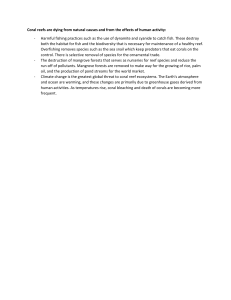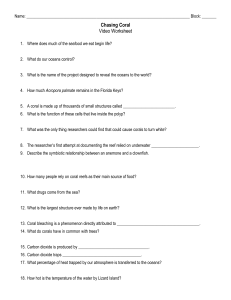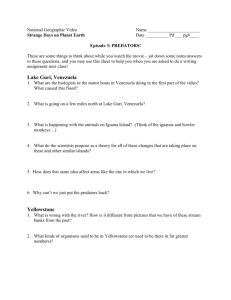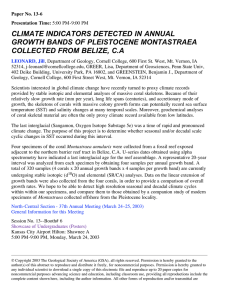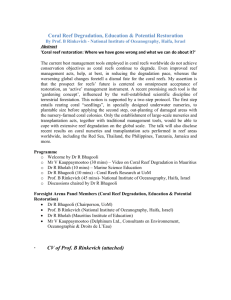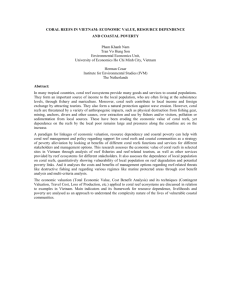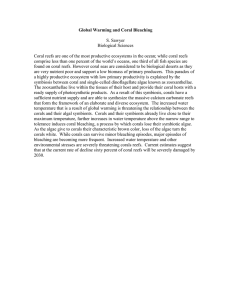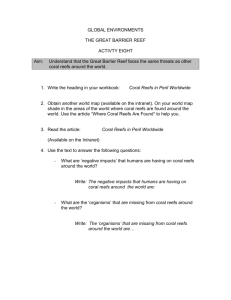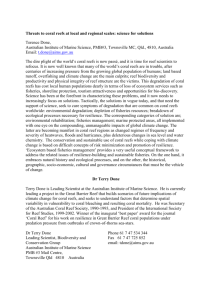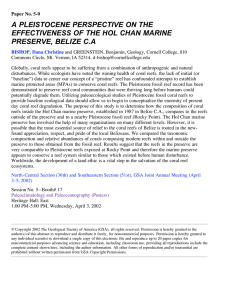Coral Reefs
advertisement
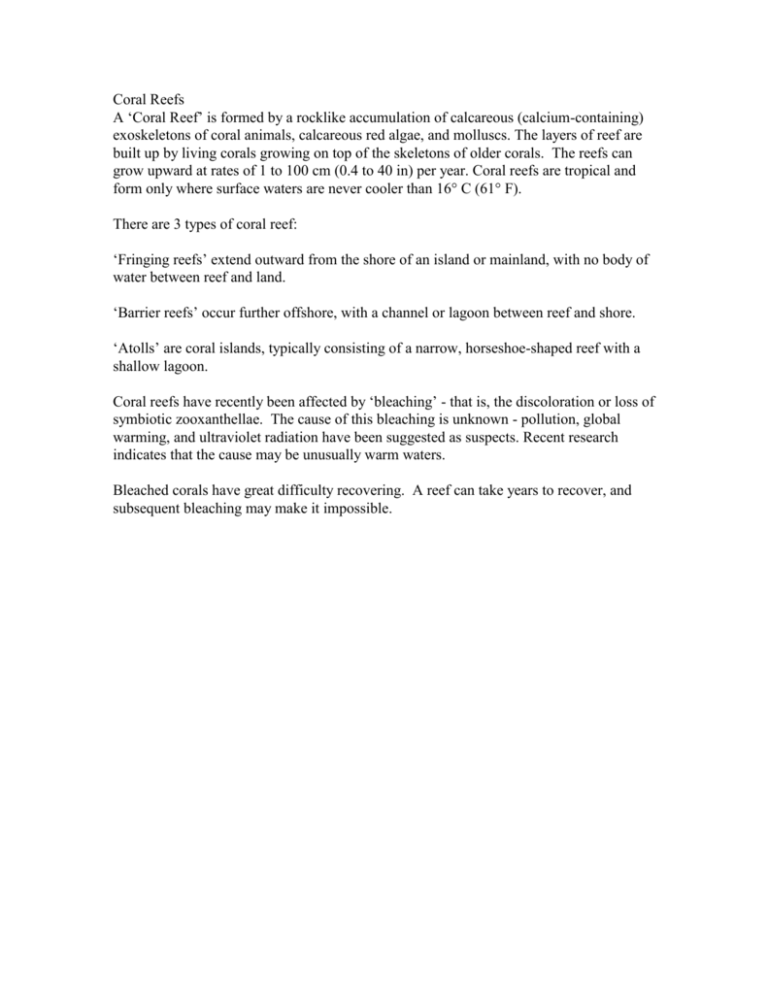
Coral Reefs A ‘Coral Reef’ is formed by a rocklike accumulation of calcareous (calcium-containing) exoskeletons of coral animals, calcareous red algae, and molluscs. The layers of reef are built up by living corals growing on top of the skeletons of older corals. The reefs can grow upward at rates of 1 to 100 cm (0.4 to 40 in) per year. Coral reefs are tropical and form only where surface waters are never cooler than 16° C (61° F). There are 3 types of coral reef: ‘Fringing reefs’ extend outward from the shore of an island or mainland, with no body of water between reef and land. ‘Barrier reefs’ occur further offshore, with a channel or lagoon between reef and shore. ‘Atolls’ are coral islands, typically consisting of a narrow, horseshoe-shaped reef with a shallow lagoon. Coral reefs have recently been affected by ‘bleaching’ - that is, the discoloration or loss of symbiotic zooxanthellae. The cause of this bleaching is unknown - pollution, global warming, and ultraviolet radiation have been suggested as suspects. Recent research indicates that the cause may be unusually warm waters. Bleached corals have great difficulty recovering. A reef can take years to recover, and subsequent bleaching may make it impossible.
